Straddling the border of Utah and Arizona, we could see the giant sandstone formations of Monument Valley towering over the desert floor from miles away as we approached.
Perhaps nothing better symbolizes the American Southwest than Monument Valley and its iconic scenery. This was a shorter stop for us than we expected because RV’s are not permitted along The Valley Drive, which is the 17 mile loop dirt and gravel road that starts and ends at the Monument Valley Visitor Center, which includes interesting information about the Navajo and their philosophy as well as a lovely gift shop featuring beautiful Navajo textiles and jewelry, along with Monument Valley memorabilia.
We got out and wandered around for a bit hoping for some sun but the rain stopped and that was all we got, which was enough for a couple of good photos.
From the centre, we were able to enjoy a view of the renowned trio of buttes: East Mitten Butte, West Mitten Butte, and Merrick Butte. Named for their resemblance to enormous mittens emerging from the desert expanse, the East and West Mitten Buttes form a striking visual spectacle.
Forrest Gump Point
Arguably the most famous Monument Valley view, Yim is standing at Forrest Gump Point above, which is THE spot to take a photo. From here, the buttes are about 7 miles away, which gives you a perspective of just how big these sandstone rock formations are.
Gouldings Rv Park
We stayed at Gouldings RV Park, which was very near Monument Valley. Included in our stay was a nightly viewing of John Wayne’s Stagecoach movie at their Earth Spirit Theatre, which, of course, was set in Monument Valley.
It was a very well developed compound. Guests have access to all their amenities, including the Stagecoach Restaurant, museum, gift shop, Earth Spirit Theater, indoor pool, convenience store, and laundromat. Plus, a shuttle service was available between the campground and main lodge complex.
Some history: Harry Goulding was a sheep trader looking for a new business opportunity and a place to call home. In the early 1920s, Harry and his wife visited Monument Valley and were enamoured with the area. Although Monument Valley had once been part of the Paiute Indian Reservation, the reservation had relocated and areas of land had opened up for sale. The Goulding’s jumped at the chance to purchase a substantial plot of land in Monument Valley and quickly set up a Trading Post.
Starting out in tents, the Goulding’s conducted business with the local Navajo people, trading food and other goods for handcrafted items like rugs and jewelry. After several years living and working in tents, they constructed a permanent building, now the Goulding’s Trading Post Museum.
When the Great Depression hit in the 1930s, the Navajo Reservation suffered immensely. Harry heard of a movie production company scouting out locations in the Southwest to use in films. He believed that bringing movie production to Monument Valley would help the local Navajos with much-needed income.
So Harry and Mike set out on a journey to Hollywood, California with their last $60. By luck and perseverance, Harry met the famous director John Ford. When Ford saw Harry’s photos of Monument Valley, he knew it was the perfect location for his next movie. The Gouldings received an advanced payment, and in a few days, John Ford and his crew began filming Stagecoach starring John Wayne.
Since then, Goulding’s Resort has expanded to host thousands of visitors from all over the world who come to see Monument Valley.
Next stop, Mesa verde.

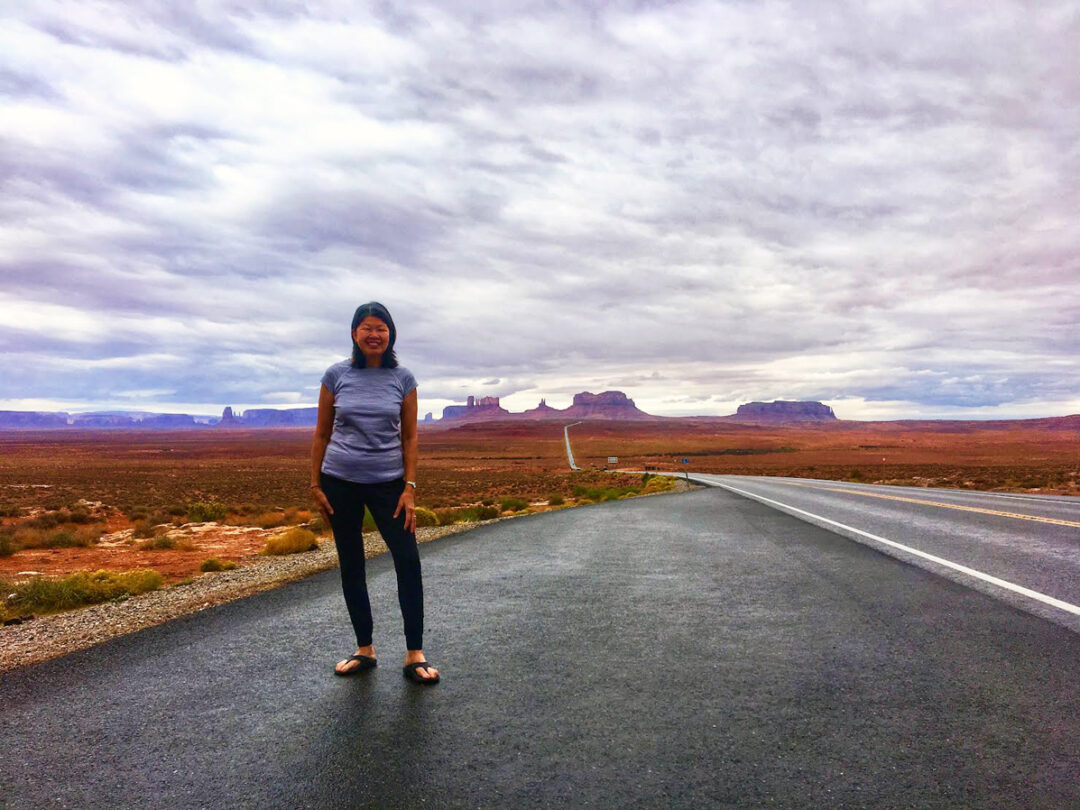
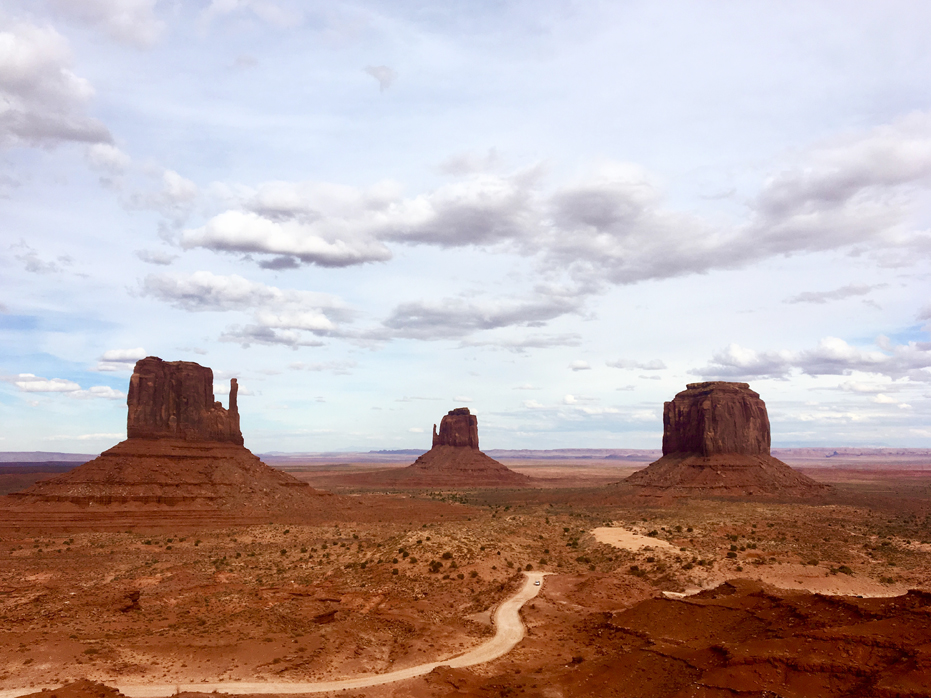
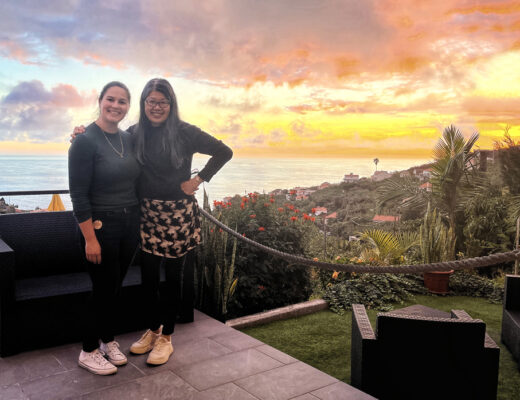
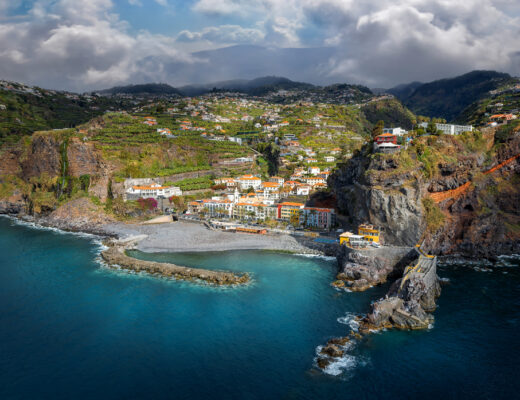
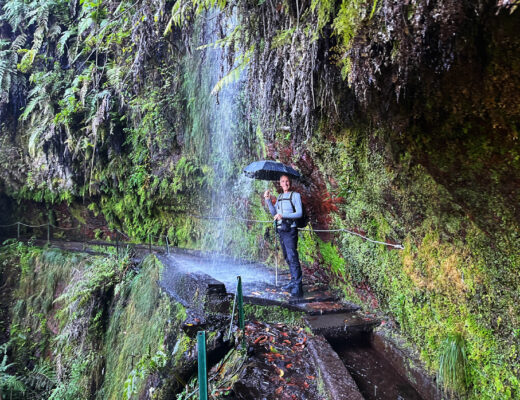
No Comments